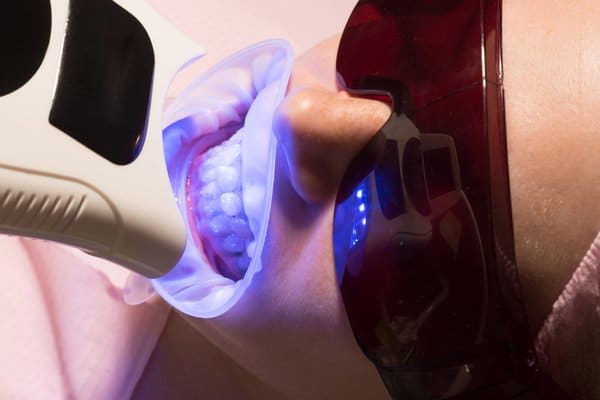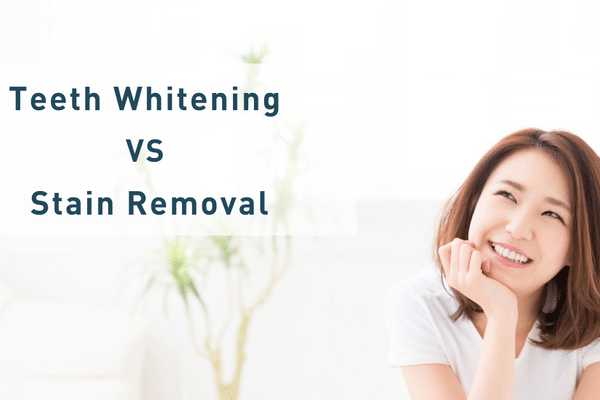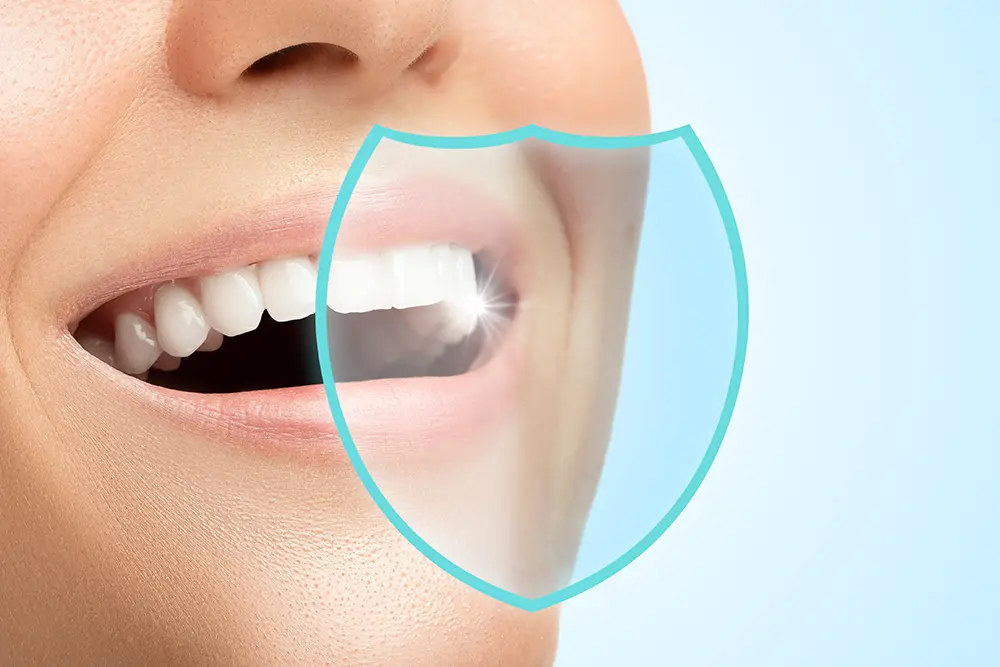Many a time during a casual conversation with friends and acquaintances, I get the occasional “Could I ask you something about my teeth” question; believe me, it happens a lot. Nonetheless, I am often quite happy to provide some simple tips and information.
Having a whiter and brighter smile and how to get there is an evergreen topic; because no matter how young we are, or how old we get, we still want to look good!
It is also one of the few subject matters I do not mind broaching in a public setting because most people are only really concerned about the stains or discolourations on their front teeth, and they can easily show me these teeth with just a super wide cheesy grin.
Ways to Whiten The Teeth
There are several ways to make our teeth look whiter and brighter, and the therapy of choice would depend on what we are trying to achieve, as well as the underlying reason behind the perceived discolouration or darkness of one’s teeth.
The general population is often confused between stain removal and teeth whitening. A common example would be patients who attend the dental office requesting for teeth whitening when in actual fact, they really just want the surface stains removed from their teeth, and are not really interested in teeth whitening procedures per se.
What Causes Teeth Stains? Reasons For Discolouration or Darkness of Teeth
In order to know if stain removal or teeth whitening is what you need, you will first need to understand the underlying reason for the perceived teeth discolouration.
Extrinsic teeth stains (where the stains are on the surface of the teeth)
- Tobacco (brown)
- Red wine (brown)
- Coffee or tea (brown)
- Betel nut chewing (reddish-black)
Intrinsic teeth stains (where the discolouration is not just on the surface but within the tooth structure itself)
- Tetracycline (yellow or grey to brown)
- Fluorosis (white or yellow-brown patches)
- Genetic disorder of tooth development eg. Dentinogenesis imperfecta (blue-grey or yellow-brown)
- Heavily filled teeth, including root canal, treated teeth (grey or yellow)
- The teeth are just not as white (compared to your nearest and dearest)
Here is how you can remedy perceived discolouration or darkness of your teeth.

1. Scaling and Polishing (Teeth Stain Removal)
Scaling and polishing are used when the underlying reason for discolouration or darkness of teeth is extrinsic (surface staining), this can be remedied by simple scaling and polishing by a dental professional, during which the extrinsic stains can be removed (stain removal).
Extrinsic stains are usually the sequelae of lifestyle choices. Cutting down consumption of some foods (eg. coffee, tea, red wine) or smoking less can definitely help reduce the speed at which these stains accumulate on your teeth; rinsing out well with water after consumption of this stain-inducing foods can also help.
Whitening toothpaste can be useful, but a word of caution, these toothpastes can be very abrasive and cause surface damage to your teeth and gums with incorrect and long-term use. Visiting your dentist regularly (every 6 months) to have your teeth checked and cleaned is also important.

2. Teeth Whitening Procedures
In other cases where the discolouration or darkness of the teeth are deep within the structure of the teeth, professional teeth whitening is the way to go, in order to bring about change in the actual colour and brightness of the teeth.
Professional teeth whitening can include professional in-chair whitening procedures or professional take-home custom bleaching trays, each with their pros and cons including financial cost, long term effectiveness, treatment time and effect on teeth and gums.
Over-the-counter bleaching products from pharmacies can have some limited effectiveness, but I would urge caution on unsupervised long-term use of these over-the-counter products as they have the potential to cause irreversible damage to your teeth and gums.
Scaling and Polishing Before Teeth Whitening
Patients should also know that scaling and polishing is often done before any professional teeth whitening procedures as it will improve the end result, especially in cases where there are superficial teeth staining, as the teeth whitening procedure in itself cannot address that.
There are of course limitations to teeth whitening procedures; it does not work equally on everyone and there are times where we will need to combine teeth whitening (i.e. professional teeth bleaching procedures) together with other treatment modalities like ICON infiltration, veneers, crowns, etc. in order to achieve the best aesthetic results. Teeth whitening procedures also do not change the colour of existing fillings or crowns.
What Else Should I Know?
Tooth decay is another known cause for teeth discolouration. Both stain removal and teeth whitening procedures cannot address the tooth decay issues. Where there is tooth decay and it is restorable, the dentist will need to assess what can be done, including fillings, root canals or crowns.
One way or the other, the best way to know the cause of your teeth discolourations and understand the treatment solutions that are suitable for you. Visit us for an examination and consultation. Whilst you are here, you may want to get your teeth cleaned and polished so that your pearly whites are ready for any occasion!




